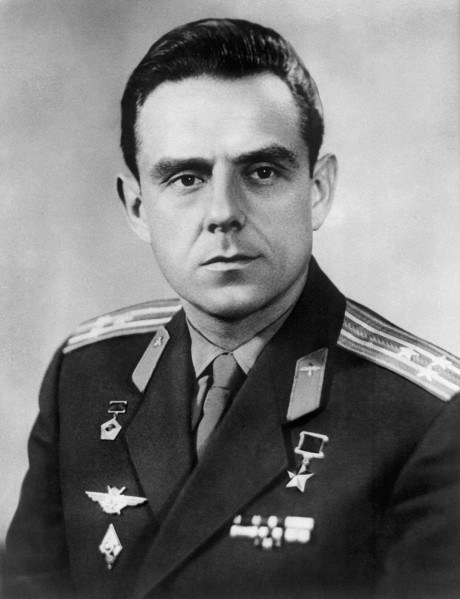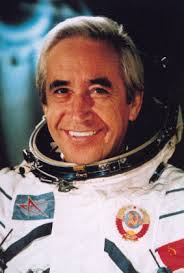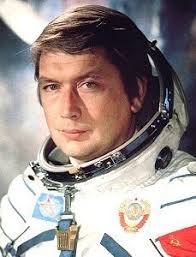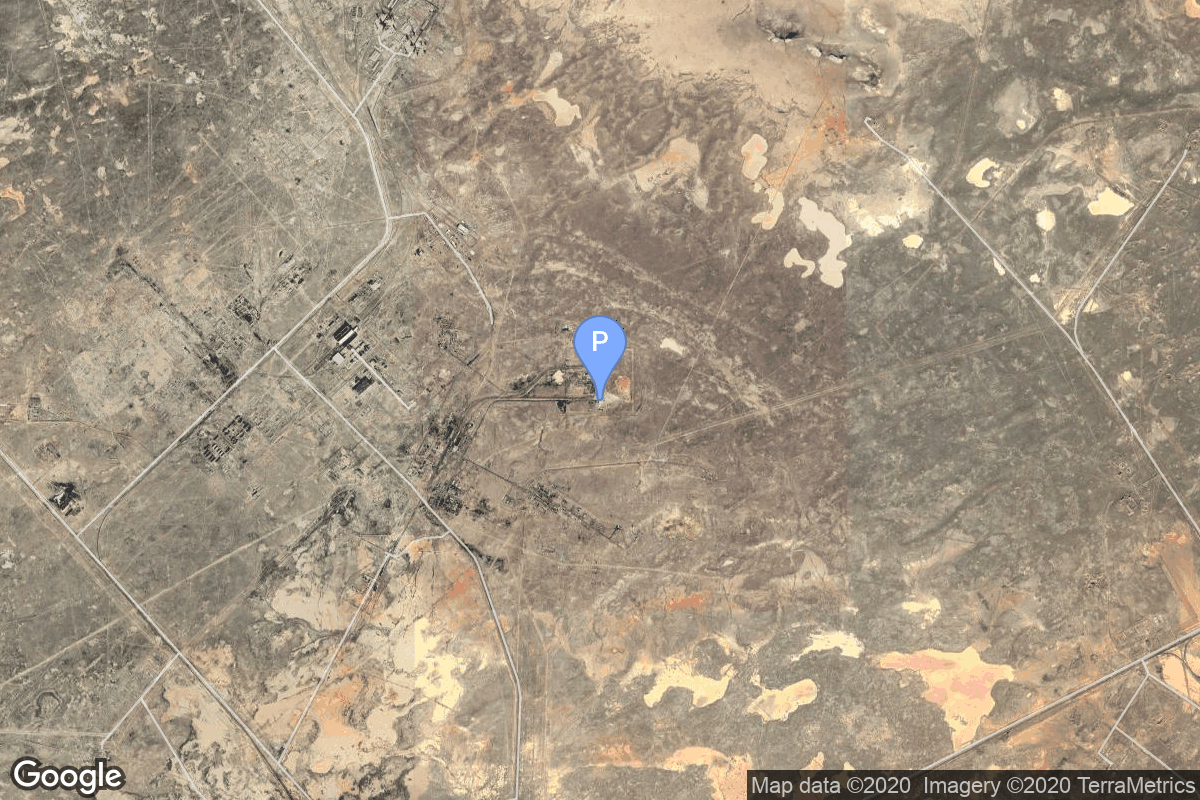Voskhod 1
Voskhod
Soviet Space Program
Crew

Vladimir Komarov
- Birthday: 03/16/1927
- Role: Command Pilot
- Nationality: Russian
- First Flight: 10/13/1964
- Last Flight: 04/23/1967
Vladimir Mikhaylovich Komarov (Russian: Влади́мир Миха́йлович Комаро́в, IPA: [vlɐˈdʲimʲɪr mʲɪˈxaɪləvʲɪtɕ kəmɐˈrof]; 16 March 1927 – 24 April 1967) was a Soviet test pilot, aerospace engineer and cosmonaut. In October 1964, he commanded Voskhod 1, the first spaceflight to carry more than one crew member. He became the first cosmonaut to fly in space twice when he was selected as the solo pilot of Soyuz 1, the first manned test flight of a new spacecraft. A parachute failure caused his Soyuz capsule to crash into the ground after re-entry on 24 April 1967, making him the first human to die in a space flight.

Konstantin Feoktistov
- Birthday: 02/07/1926
- Role: Engineer
- Nationality: Russian
- First Flight: 10/13/1964
- Last Flight: 10/13/1964
Konstantin Petrovich Feoktistov (Russian: Константин Петрович Феоктистов; 7 February 1926 – 21 November 2009) was a Soviet cosmonaut and an eminent space engineer. Feoktistov also wrote several books on space technology and exploration. The Feoktistov crater on the far side of the Moon is named in his honor.

Boris Yegorov
- Birthday: 11/26/1937
- Role: Medical Doctor
- Nationality: Russian
- First Flight: 10/13/1964
- Last Flight: 10/13/1964
Boris Borisovich Yegorov was a Soviet physician-cosmonaut who became the first physician to make a space flight. Yegorov was selected as a member of the multi-disciplinary team that flew on Voskhod 1.
Mission
Voskhod 1
- Type: Human Exploration
- Orbit: Low Earth Orbit
Voskhod 1 was the seventh manned Soviet space flight(Commander-Vladimir Komarov, Engineer Konstantin Feoktistov, and Medical Doctor Boris Yegorov) . It achieved a number of “firsts” in the history of manned spaceflight, being the first space flight to carry more than one crewman into orbit, the first flight without the use of spacesuits, and the first to carry either an engineer or a physician into outer space. It also set a manned spacecraft altitude record of 336 km (209 mi).
Location
Rocket
Soviet Space Program Voskhod
Agency
Soviet Space Program
The Soviet space program, was the national space program of the Union of Soviet Socialist Republics (USSR) actived from 1930s until disintegration of the Soviet Union in 1991.
The Soviet Union’s space program was mainly based on the cosmonautic exploration of space and the development of the expandable launch vehicles, which had been split between many design bureaus competing against each other. Over its 60-years of history, the Russian program was responsible for a number of pioneering feats and accomplishments in the human space flight, including the first intercontinental ballistic missile (R-7), first satellite (Sputnik 1), first animal in Earth orbit (the dog Laika on Sputnik 2), first human in space and Earth orbit (cosmonaut Yuri Gagarin on Vostok 1), first woman in space and Earth orbit (cosmonaut Valentina Tereshkova on Vostok 6), first spacewalk (cosmonaut Alexei Leonov on Voskhod 2), first Moon impact (Luna 2), first image of the far side of the Moon (Luna 3) and unmanned lunar soft landing (Luna 9), first space rover (Lunokhod 1), first sample of lunar soil automatically extracted and brought to Earth (Luna 16), and first space station (Salyut 1). Further notable records included the first interplanetary probes: Venera 1 and Mars 1 to fly by Venus and Mars, respectively, Venera 3 and Mars 2 to impact the respective planet surface, and Venera 7 and Mars 3 to make soft landings on these planets.

